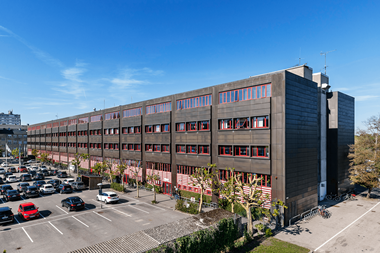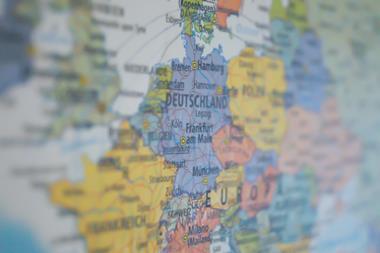The Swiss real estate market will undergo a series of corrections, according to the head of real estate at a local pension fund.
Reto Schär of the CHF20bn (€16.3bn) Migros Pensionskasse told delegates at the Swiss Pension Conference that “the parameters influencing demand for properties and their value can only worsen” from now on.
He said there “will be corrections over the next years” in the local real estate markets.
Schär clarified that he did not expect a “crash” but “rather gradual adjustments of evaluations because of higher vacancy rates, renovation costs and slower demand”.
One of the main factors which will change the Swiss real estate landscape according to Schär is immigration.
He quoted statistics according to which net immigration to Switzerland from Germany has declined by 70% since 2008 while more people from Southern Europe have entered the country.
However, different migrants have different housing needs and levels of income, Schär pointed out.
Furthermore, the Swiss public has recently voted against letting too many new immigrants into the country.
“The high immigration quota over the past years has been the main pillar for the thriving real estate markets and it is not certain net immigration will continue on this level,” Schär said.
He pointed out that there was still an excess supply in the Swiss office and retail markets and a lot was still under construction, while many companies have moved to suburban areas.
“The office and retail property sectors has passed its peak,” warned Schär, and added increasing regulatory requirements were further cutting into the attractiveness of real estate investments.
Migros Pensionskasse has 25% of its portfolio are invested in direct real estate and 5% in indirect property.
Schär pointed out that the pension fund was focusing on managing its own portfolio, including renovations and project developments, rather than making new purchases.
He explained it was currently hard to find interesting properties in Switzerland and, despite looking at assets worth around CHF5bn, no purchases were made in 2013.
The pension fund has used the high demand in properties to “clean up” its portfolio, having sold around 90 assets over the past 10 years, while still holding around 270.
Foreign real estate is only interesting for the pension fund’s indirect real estate exposure, Schär noted.












